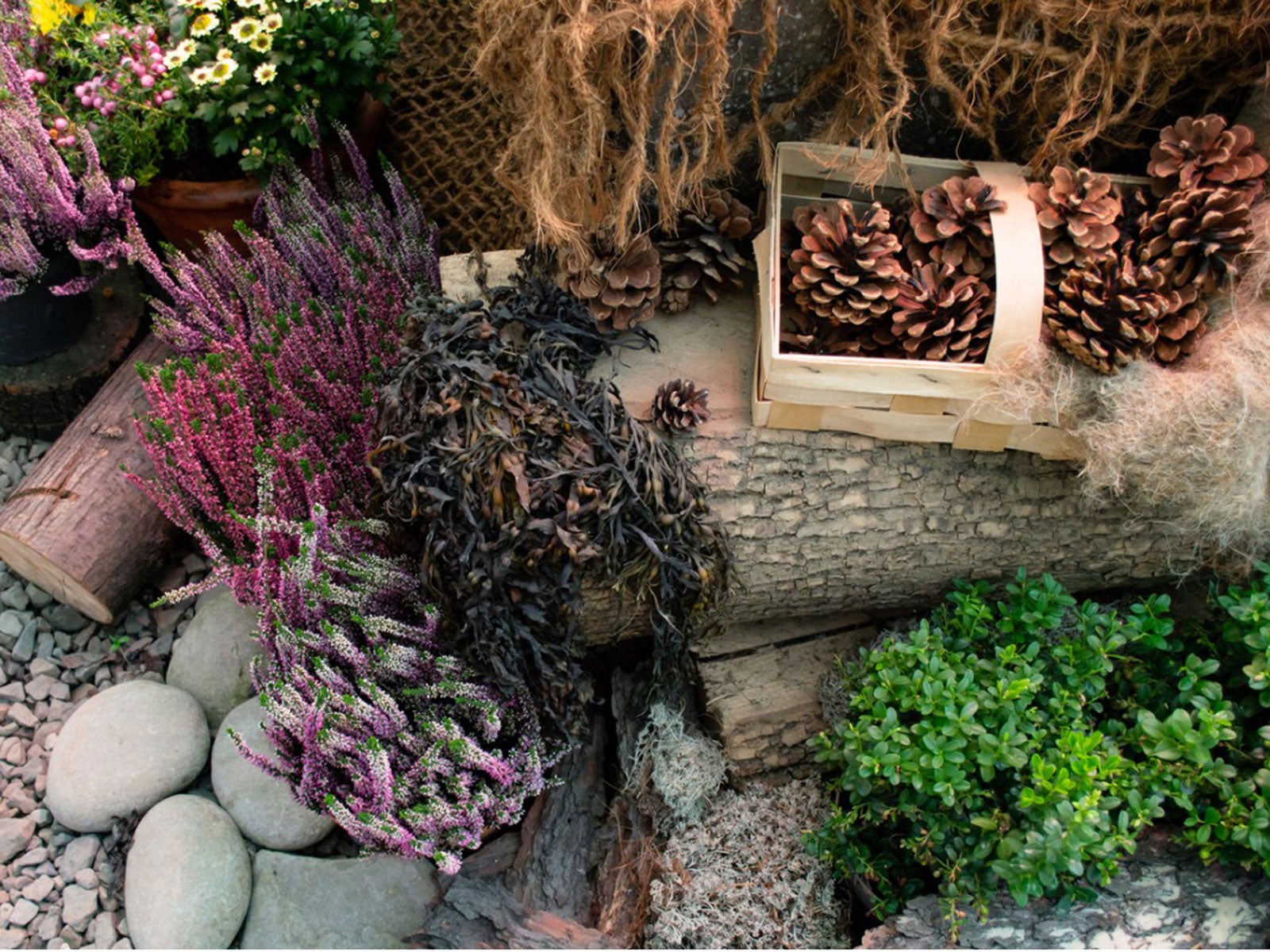Wildcrafting Info: Using Plants For Decorating


Since the beginning of time, nature and gardens have been the source of our crafting traditions. Wild harvesting plant materials from their native environment, also known as wildcrafting, is still a very popular hobby of nature lovers and gardeners. Wildcrafting ideas abound when using plants for decorating.
Wildcrafting Info
Long ago people did not have the same luxuries as we do today. They could not go out shopping for various household items or gifts for decorating. Instead, their gifts and decorations came from what was readily available in and around their homesteads. Some of these materials were gathered from the wild, while other items were taken from their gardens. Wooded areas and open prairies are filled with plants you can use for wildcrafting. However, there are some things you need to know beforehand if you're new to this kind of decorating with plants. First of all, you should become familiar with the numerous types of plants in your region and your garden. If you aren't skilled at plant identification, you could fall victim to toxic plants such as poison ivy, as well as laws governing rare or endangered plants. Any time you're wild harvesting plant materials, take only what is needed for your wildcrafting project and no more. This way you will help ensure that enough plants or seeds remain behind to sustain its survival. Also, pay close attention to where you harvest plants. No matter how abandoned an area may appear, it is no doubt owned by someone; therefore, you should always obtain permission from the landowner before searching out and using plants for decorating.
Wildcrafting Ideas
There are numerous ways that plants can be used for decorations. For instance, decorative wreaths, garlands, and swags can easily be created from fresh evergreen cuttings. For a more permanent approach, dried woody branches such as maple, birch, wild rose, dogwood, and willow work well. These should be gathered in the fall while the sap is still flowing, as they will be flexible enough to twist into the desired shape. Once shaped and allowed to completely dry, they'll remain that way indefinitely. Vine runners can also be harvested and used for this purpose as well. Numerous flowers and herbs can be used for wildcrafting. These often provide additional beauty, fragrance, and color. Don't overlook the beauty found in seedheads or berries; these can give your projects extra charm. Herbs and a variety of flowers can be cut and bundled to dry by hanging upside down. This uses gravity to keep stems and flower heads straight as they dry and harden off. The best place to hang herbs and flowers is in an area that stays cool and dark with plenty of air circulation. I have used an old packhouse for storing my dried herbs and flowers, but a basement will work too provided it receives adequate circulation and doesn't retain a lot of moisture. Your garden is a never-ending source of decorating materials, as is the wooded area of your landscape. Take what our ancestors have taught us by wildcrafting-- creating gifts or decorating with plants from your garden and the wild. When wild harvesting plant materials is done in a respectful and mindful way, wildcrafting can be a fun, inexpensive alternative to today's more costly home decorating.
Gardening tips, videos, info and more delivered right to your inbox!
Sign up for the Gardening Know How newsletter today and receive a free copy of our e-book "How to Grow Delicious Tomatoes".

Nikki Tilley has been gardening for nearly three decades. The former Senior Editor and Archivist of Gardening Know How, Nikki has also authored six gardening books.